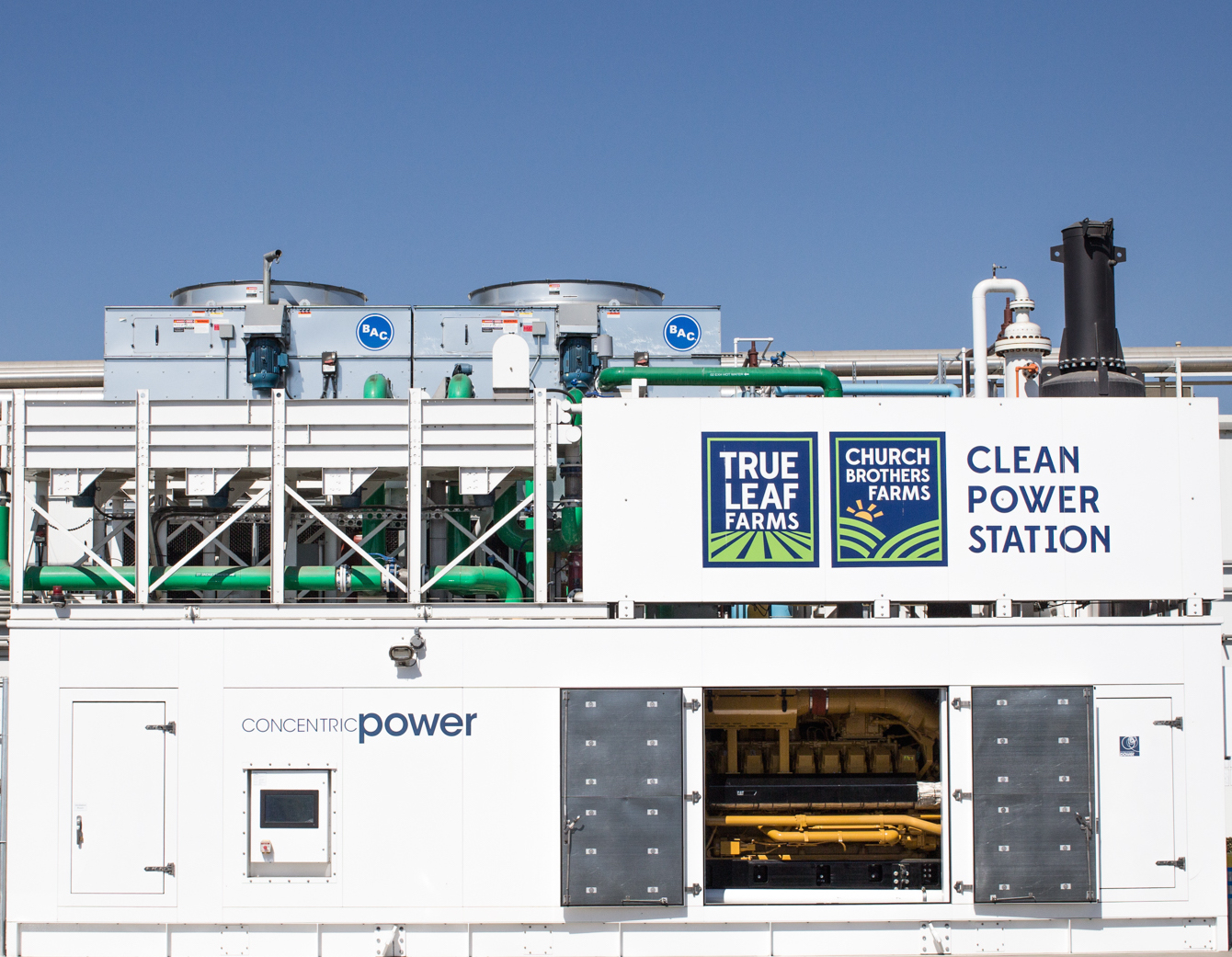By Steve Taranovich
When I first heard about Elon Musk’s statement on Twitter , that Tesla can re-build Puerto Rico’s infrastructure, I had some concerns, so I did some research and I asked an industry expert, Brian Curtis, CEO and founder of Concentric Power.
First, let’s take a look at what Tesla’s capabilities are, then we will hear from Brian Curtis.
Tesla has their Powerpack solution which is indeed scalable. Tesla states that the Powerpack system scales to the space, power and energy requirements of any site, from small commercial businesses to regional utilities. It can be configured in various arrangements.
Here are some thoughts from Brian Curtis on Tesla’s update of Puerto Rico’s power infrastructure. Concentric has team experience with solar in Puerto Rico:
I don’t disagree with Tesla’s proposal and believe Puerto Rico should pursue this plan of action with a few tweaks. At a high level, 40% renewables is achievable – currently, California is on track for 50% renewables by 2030. The solar cost estimate is about right. The battery costs I think are overly optimistic but directionally correct and can/should be negotiated with Musk on pricing. Tesla / Solar City is a credible team to do this, but not the only team. If I were Governor of Puerto Rico, I would not sole source this to Tesla and would use the opportunity to also build local businesses and a competitive long-term market.
With that said, there are 2 major things missing from the renewable part of the story: wind and energy efficiency. Wind is self-explanatory. Aggressive energy efficiency codes should be implemented as part of the overall rebuild for residential, commercial, industrial and government. The latter 3 would all benefit from high efficiency onsite self-generation/distributed power in the form of cogeneration and other firm power.
Also, part of the energy infrastructure upgrade plan should be to upgrade the fuel infrastructure to include clean natural gas and get away from dirty diesel, which would require a new LNG terminal. This would be tough to justify under normal circumstances, but this situation presents an ideal opportunity.
Now, based on this article, if 25% of the grid will be back on line in the next month, and assuming some level of rapid deployment on solar/batteries, we are still looking at how to solve for the remaining 35%. This is where it gets interesting. The rest of the grid will need to be upgraded all around, including generation and transmission and distribution (T&D). To minimize the cost and maximize the reliability and resiliency, the new grid design should push hard towards distributed generation, both onsite and merchant. This will reduce cost of T&D. The T&D that is built can be “smart” to accommodate even more renewables later – and hopefully underground to beautify the island. The generation mix can range in size from, say, 2 MW to 250 MW. Cost would average about $1200/kW for high efficiency CCGT and cogen. If Concentric’s approach for modular cogen is used, we can drive that average cost down.
Editor’s note: Here are a couple of examples of Concentric Power’s modular cogeneration plant solutions. Their solutions are modular, pre-engineered, cogeneration Clean Power Stations. Their “power plant as a product” was designed to include an ample amount of easily navigable space along with color-coded mechanical equipment that indicate processes in a visual way, while also delivering a 25% reduction in greenhouse gas emissions and energy costs for their customers:
View ArticleDownload PDF




